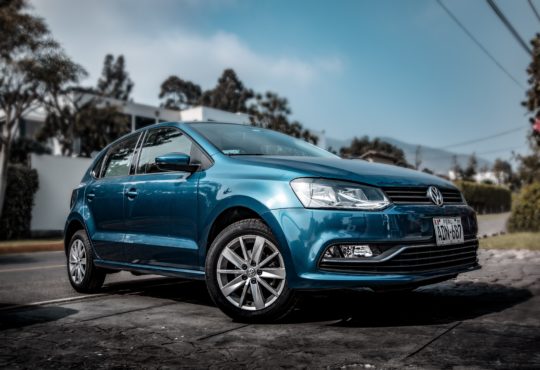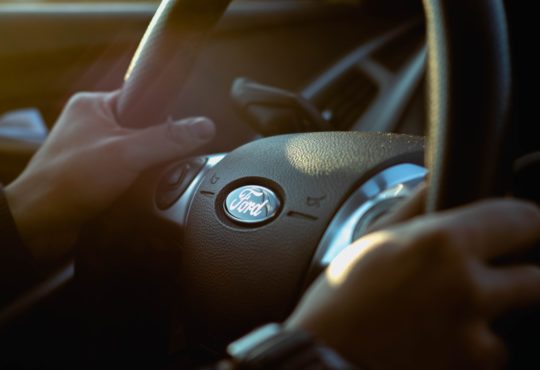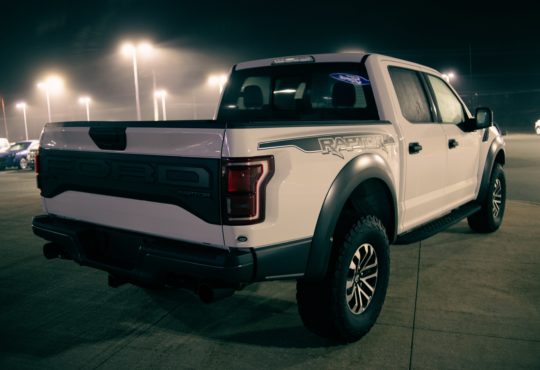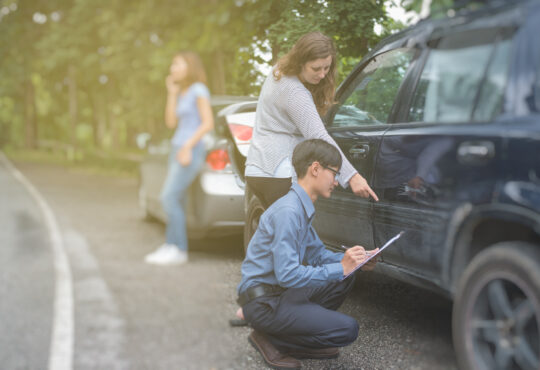
Maintaining the right air pressure in your car tires ensures that your drive is safe, comfortable, and fuel-efficient. Here are essential tips to help you maintain the right tire pressure.
The Right Pressure
Check the driver’s side doorjamb behind the seat. There will be a placard there that lists the proper inflation pressure for each tire, including the spare. If you don’t find it, consult the owner’s manual. This recommended pressure should be what is seen when the tires are tested first thing in the morning before they warm up, and the air expands.
Importance
Safety. Incorrectly inflated tires can cause a blowout that could result in loss of control. Correct inflation also ensures ride comfort, good handling, tire life, safety, and fuel economy.
Know Right From Wrong
The number on the tire sidewall indicates maximum tire pressure. That is not the recommended inflation pressure. It’s a very bad idea to inflate it to the maximum tire pressure as you will compromise tire life, handling, ride quality, safety, and braking efficiency.
Heavy Load Exception
Some manufacturers recommend higher tire pressures when the vehicle is loaded or is towing. Follow the manufacturer’s recommendations. There may be different pressures recommended for the front and rear tires.
Troubleshooting Exceptions
If you’re stuck in deep snow or sand, deflating the tires may provide better traction. But you should only reduce tire pressure if you have a way of re-inflating them when you return to paved roads.
Winter Exceptions
Higher pressures are sometimes recommended for winter tires. This makes them more responsive. Also, they won’t heat up as much as regular tires, and higher psi will maintain the right running pressure.
Custom Tire And Wheel Exception
If you change the wheels and tires that originally came with the car, you will have to check with the tire manufacturer or shop to find out the recommended tire pressure, or you run the risk of ruining an expensive set of new tires.
Maintaining Pressure
Check your tire pressure at least once a month. You could do it at the gas station or buy a digital pressure gauge for home use. Also, inspect your tire for any damage.






